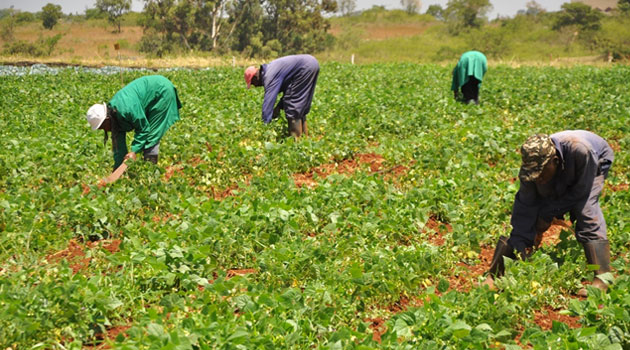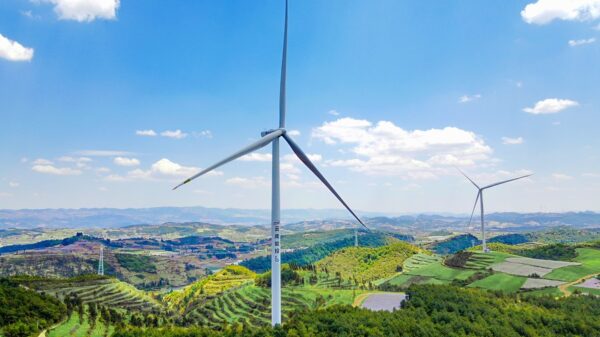
Kenya’s agricultural sector is dominated by small holder farmers in rural areas making it an important sector in food security and poverty reduction./FILE
Nairobi, Kenya, Jul 26 – Kenya should train farmers on appropriate farming methods, management of post harvest losses and also improve food distribution to address food deficit, Kenya Institute for Public Policy Research and Analysis (KIPPRA) has recommended.
In its Kenya Economic Report 2017, KIPPRA also recommends that the country should promote commercialization and value addition to boost productivity and develop the sector.
Agriculture, which is the backbone of Kenya’s economy and contributes 15.2 percent of the GDP, employment and livelihood, is marred by numerous challenges. Climate change, use of outdated technology, pest and diseases, soil nutrient deterioration, poor infrastructure are among the issues that prohibit the growth of the industry.
For instance, post-harvest losses are estimated at 20 – 30 percent.
Though the highest foreign exchange earner and one of the sectors expected to drive growth towards the realisation of Vision 2030, Kenya is still a food deficit country.
Kenya’s agricultural sector is also dominated by small holder farmers in rural areas making it an important sector in food security and poverty reduction.
Another contributor to the GDP that rivals agriculture is real estate which brought in 12.3 percent to the national GDP.
Manufacturing contributed 6.3 percent, transport and storage 9.7 percent, information and communication 6.1 percent, construction 8.2 percent and financial serviced 7.3 percent.
Kenya’s economy is composed of a big informal economy and does not get measured.
“To attain the upper middle-income category and sustain growth that creates employment opportunities, reduces poverty, and provides access to essential services by the poor, the economy needs to grown at an annual rate of 10 per cent,” KIPPRA recommends.
Vision 2030 seeks to grow Kenya’s economy into a middle-income economy by achieving a 10 per cent GDP growth rate per year. Currently, Kenya’s 2017 GDP is projected to grow at 5.7 percent, shy of about 4 percentage growth points required for the country to hit the 10 percent Vision 2030 goal.
KIPPRA also projects the country’s GDP to grow by 5.4% in 2018 due to exogenous shocks like drought, a possible negative impact of the August 2017 General elections among other reasons.
For the country to overcome Vision 2030 inhibiting factors, she needs to invest in private investments to reach investment/GDP ratio of 30 percent and over 9.0 percent growth in exports.
Vision 2030 is a long-term development blueprint cutting across the political, economic and social spheres. The second medium term plan of 2013-2017 has 182 flagship projects which are under implementation.
The ministry of planning recently launched the third medium term plan set to commence before the year ends for the next 5 years.
Some of the notable projects that have been implemented towards achieving the Vision 2030 goal include the standard gauge railway, energy generation, expansion of higher education opportunities and the devolved governance system.
Persistent drought and possible negative impacts of the August 2017 general elections are some of the expected shocks that could slow down economic growth in 2017.


































